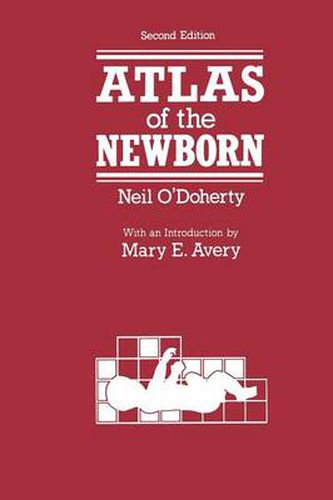Readings Newsletter
Become a Readings Member to make your shopping experience even easier.
Sign in or sign up for free!
You’re not far away from qualifying for FREE standard shipping within Australia
You’ve qualified for FREE standard shipping within Australia
The cart is loading…






This title is printed to order. This book may have been self-published. If so, we cannot guarantee the quality of the content. In the main most books will have gone through the editing process however some may not. We therefore suggest that you be aware of this before ordering this book. If in doubt check either the author or publisher’s details as we are unable to accept any returns unless they are faulty. Please contact us if you have any questions.
What is the Matter? 245 What is the Plan? 313 Why did it Happen? 325 Could it Happen Again? 326 Section 6 Skin Defects Introduction 333 Vascular Birthmarks 337 Pigmented Birthmarks 357 Partial Thickness Defects 369 Keratinisation Disorders 377 Blistering and Bullous Disorders 381 Neuroectodermal Dysplasias 387 Index 401 Introduction What is a normal newborn infant? To answer that question requires an experience large enough to know the many variations that are considered within a normal range. Some of these variations can be measured, such as weight and length. Others are less easily measured, but have come to be recognized as common variants such as molding of the head or temporary deformations of limbs caused by unusual intrauterine positions. One way to recognize deviations from normal that may require intervention is to have a long experience examining many infants. Another way is to enrich a finite experience by access to a superb collection of photographs taken over a long period by a careful observer. No one student can possibly see all the normal and abnormal variations in newborn infants in the time allotted in most curricula, or for that matter in a lifetime. We are dependent on shared information.
$9.00 standard shipping within Australia
FREE standard shipping within Australia for orders over $100.00
Express & International shipping calculated at checkout
This title is printed to order. This book may have been self-published. If so, we cannot guarantee the quality of the content. In the main most books will have gone through the editing process however some may not. We therefore suggest that you be aware of this before ordering this book. If in doubt check either the author or publisher’s details as we are unable to accept any returns unless they are faulty. Please contact us if you have any questions.
What is the Matter? 245 What is the Plan? 313 Why did it Happen? 325 Could it Happen Again? 326 Section 6 Skin Defects Introduction 333 Vascular Birthmarks 337 Pigmented Birthmarks 357 Partial Thickness Defects 369 Keratinisation Disorders 377 Blistering and Bullous Disorders 381 Neuroectodermal Dysplasias 387 Index 401 Introduction What is a normal newborn infant? To answer that question requires an experience large enough to know the many variations that are considered within a normal range. Some of these variations can be measured, such as weight and length. Others are less easily measured, but have come to be recognized as common variants such as molding of the head or temporary deformations of limbs caused by unusual intrauterine positions. One way to recognize deviations from normal that may require intervention is to have a long experience examining many infants. Another way is to enrich a finite experience by access to a superb collection of photographs taken over a long period by a careful observer. No one student can possibly see all the normal and abnormal variations in newborn infants in the time allotted in most curricula, or for that matter in a lifetime. We are dependent on shared information.